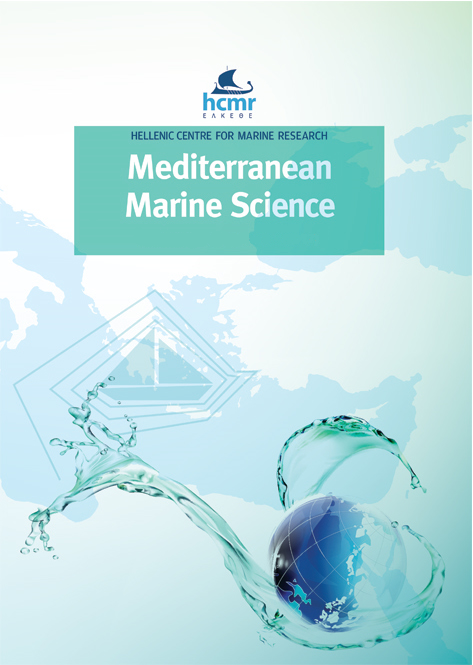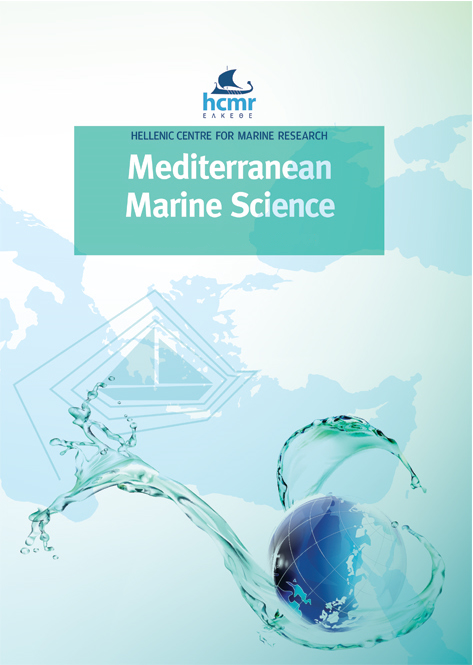Isopod assemblages in the Bizerte lagoon (SW Mediterranean Sea): composition, structure and environmental relationships

Abstract
The spatial and temporal distribution, abundance, and structure of isopod assemblages in Bizerte Lagoon (SW Mediterranean Sea) were studied at 22 stations selected from seagrass and macroalgae sampled during four seasons in 2017. A total of 6808 individuals and 17 species of isopods belonging to 5 suborders, 7 families and 12 genera were identified. Six new species were recorded on Tunisian coasts. In addition, and compared to previous studies, nine isopod species were collected for the first time in this lagoon. Analysis of the trophic structure revealed that most stations are strongly dominated by herbivore-deposit feeders (78.3%), followed by deposit-suspension feeders (13.6%) and carnivores (8.01%). Three isopod assemblages were identified (G1, G2 and G3). The distribution of isopod assemblages is influenced by the nature and structure of the substrates. The seasonal variations in the isopod community patterns at 22 stations showed maximum abundance and diversity during spring, whereas the lowest ones were recorded during winter.
Article Details
- How to Cite
-
KHAMMASSI, M., JOURDE, J., LABIDI, S., & ACHOURI, M. S. (2022). Isopod assemblages in the Bizerte lagoon (SW Mediterranean Sea): composition, structure and environmental relationships. Mediterranean Marine Science, 23(1), 84–97. https://doi.org/10.12681/mms.25652
- Issue
- Vol. 23 No. 1 (2022)
- Section
- Research Article
Authors who publish with this journal agree to the following terms:
- Authors retain copyright and grant the journal right of first publication with the work simultaneously licensed under a Creative Commons Attribution Non-Commercial License that allows others to share the work with an acknowledgement of the work's authorship and initial publication in this journal.
- Authors are able to enter into separate, additional contractual arrangements for the non-exclusive distribution of the journal's published version of the work (e.g. post it to an institutional repository or publish it in a book), with an acknowledgement of its initial publication in this journal.
- Authors are permitted and encouraged to post their work online (preferably in institutional repositories or on their website) prior to and during the submission process, as it can lead to productive exchanges, as well as earlier and greater citation of published work (See The Effect of Open Access).





